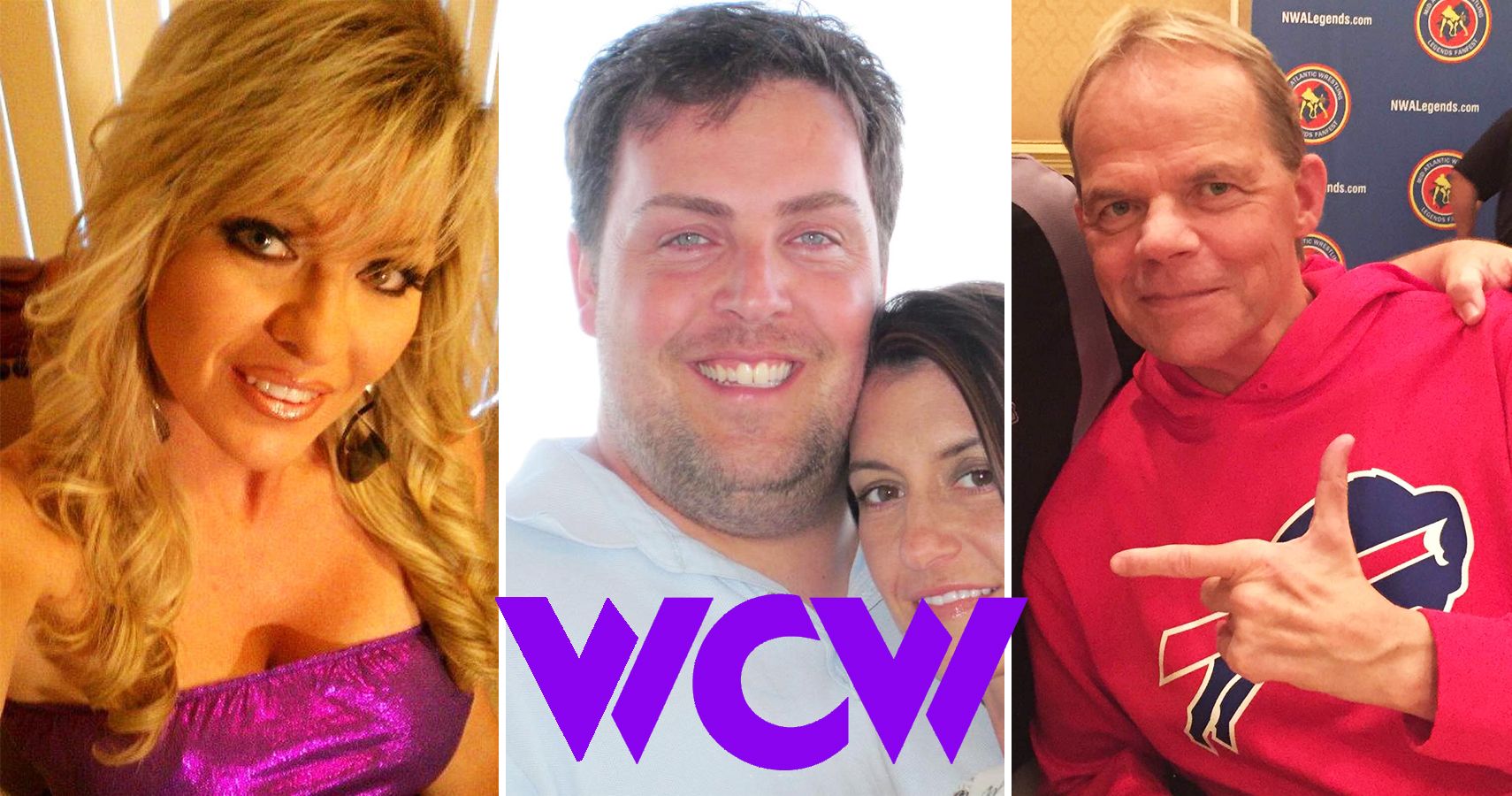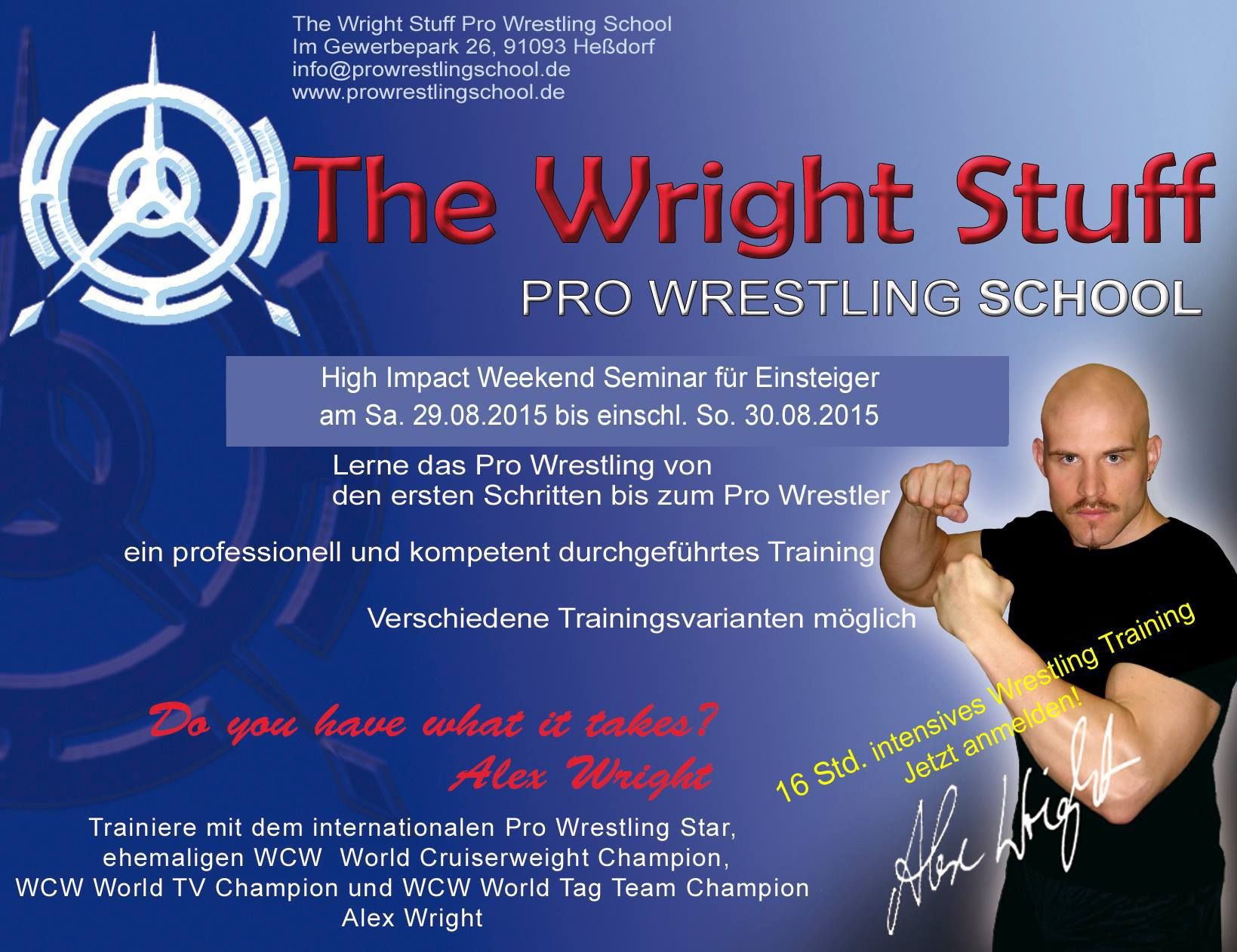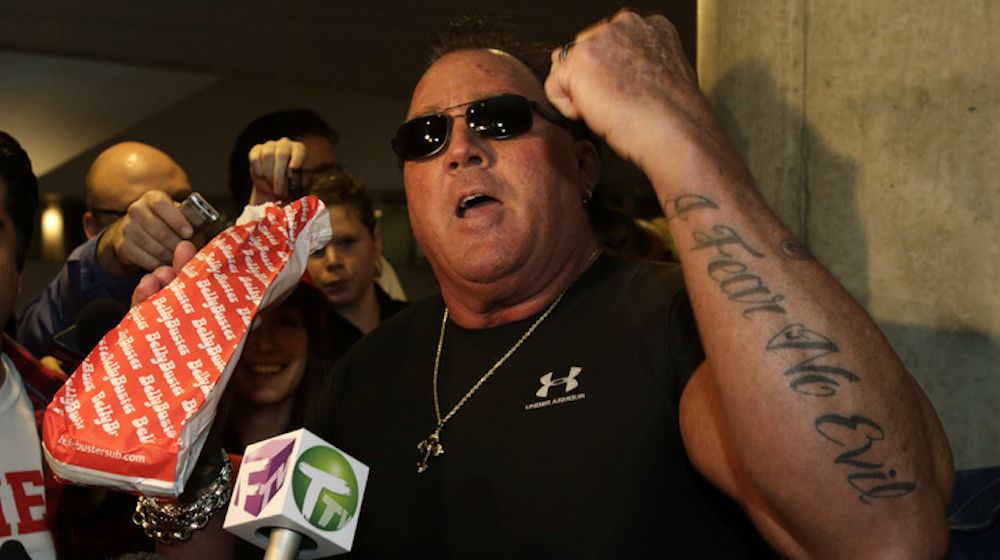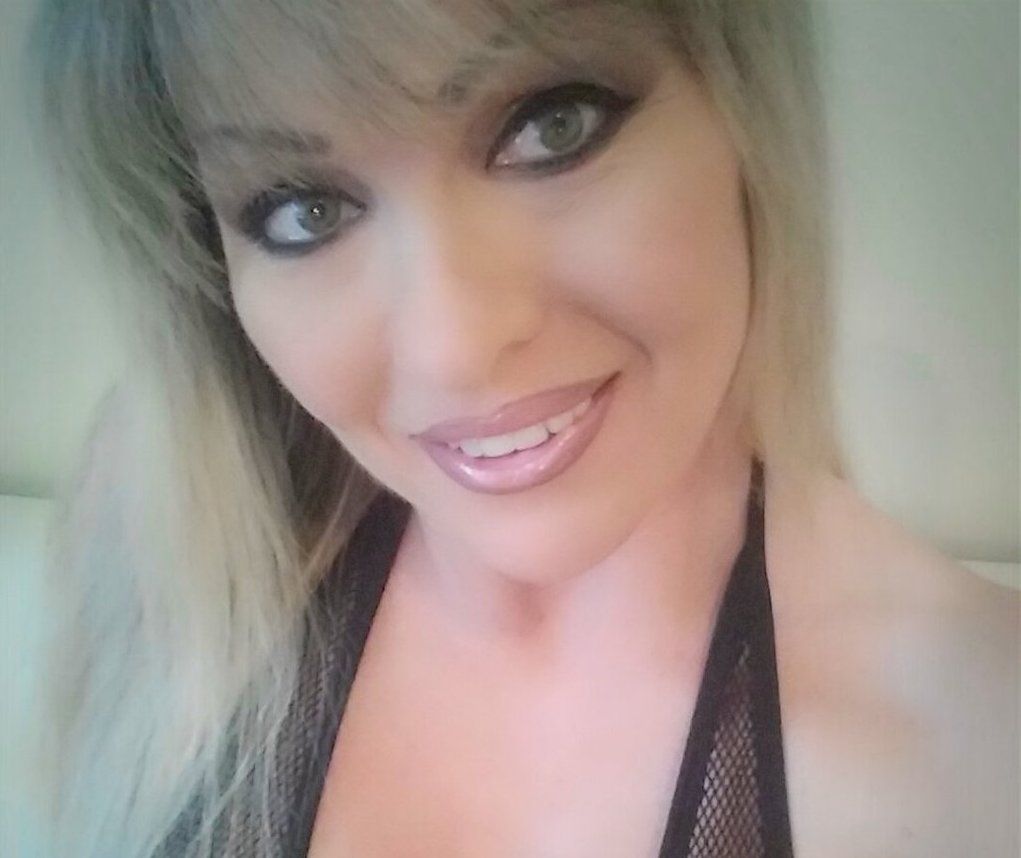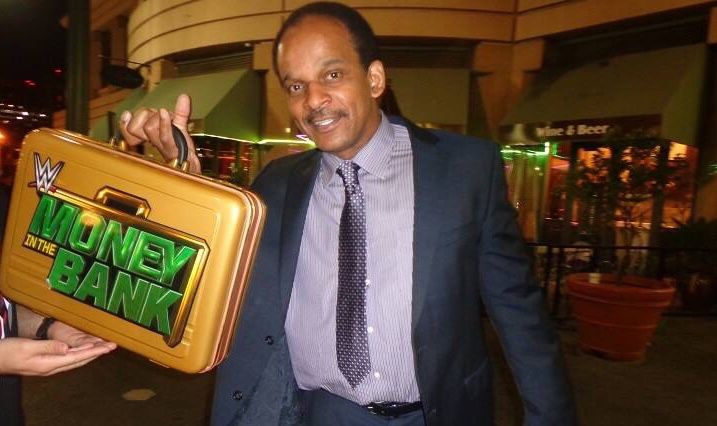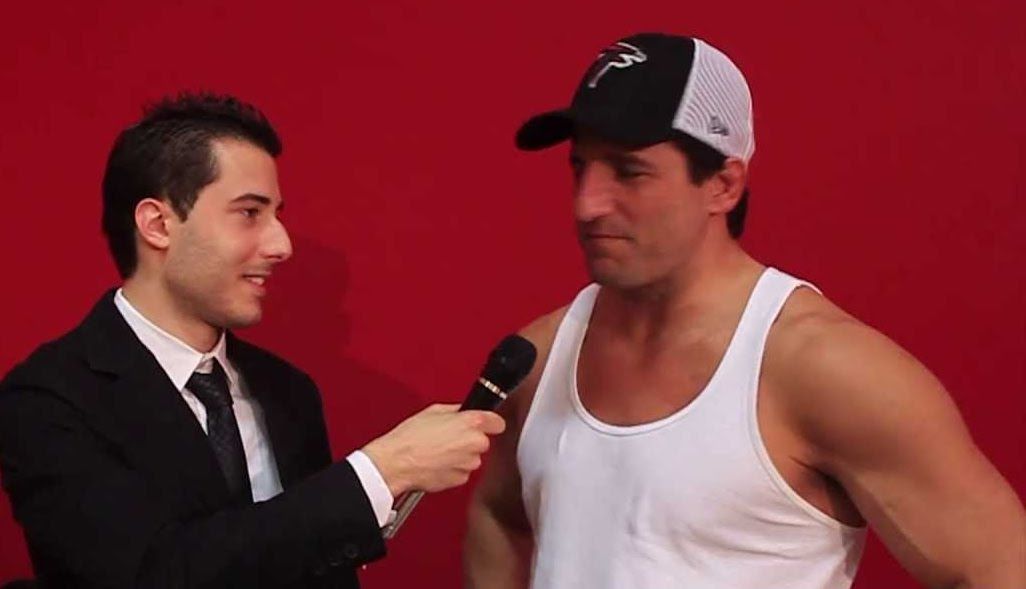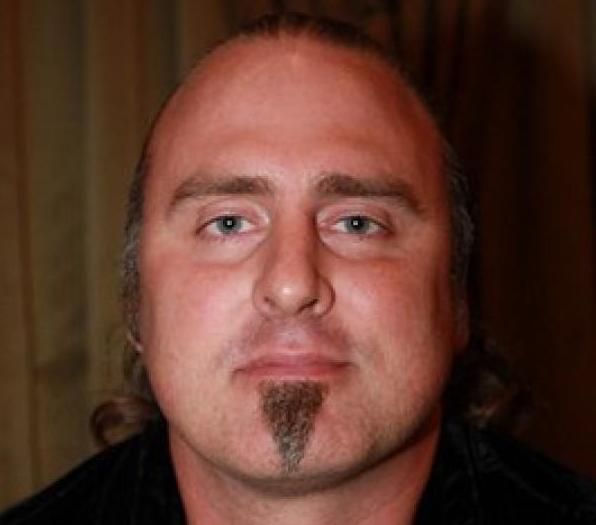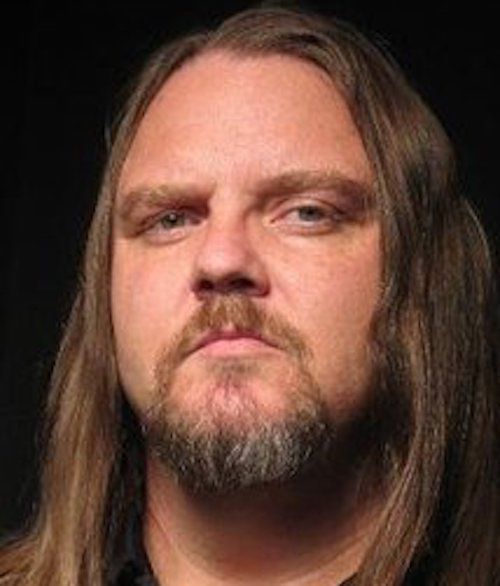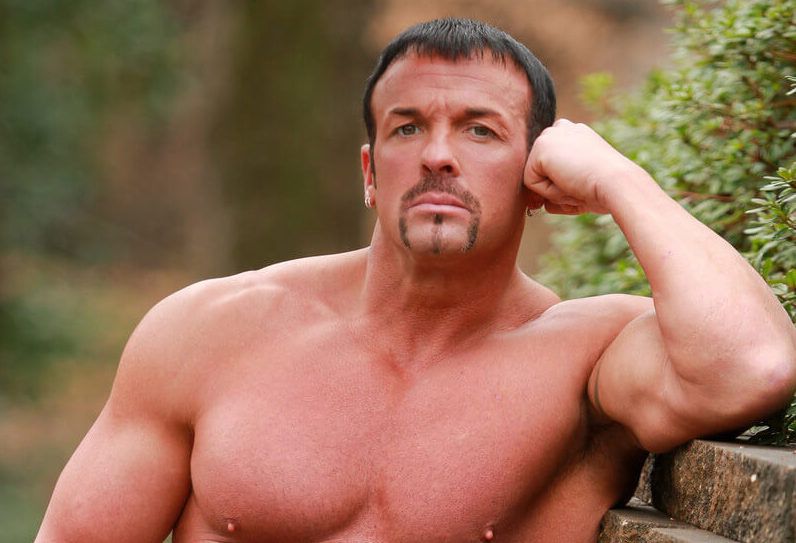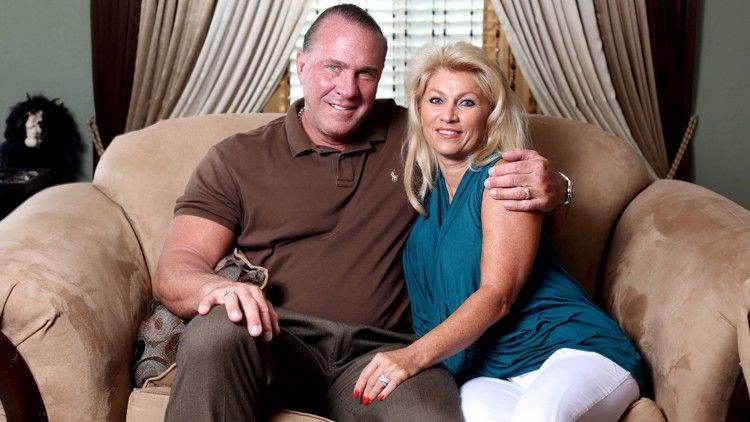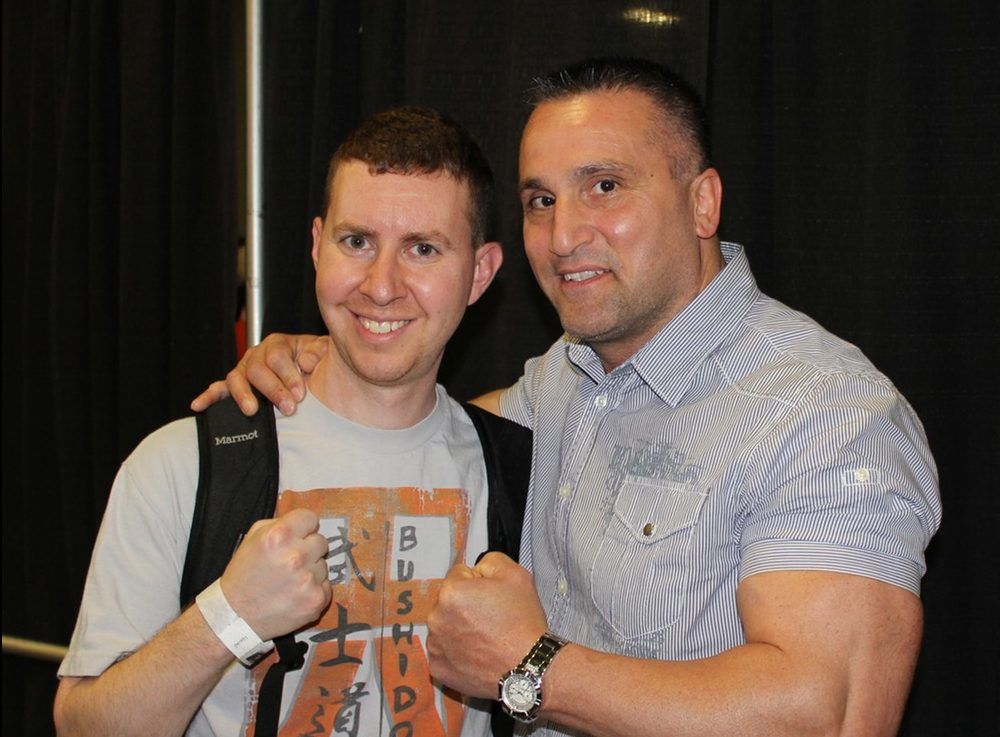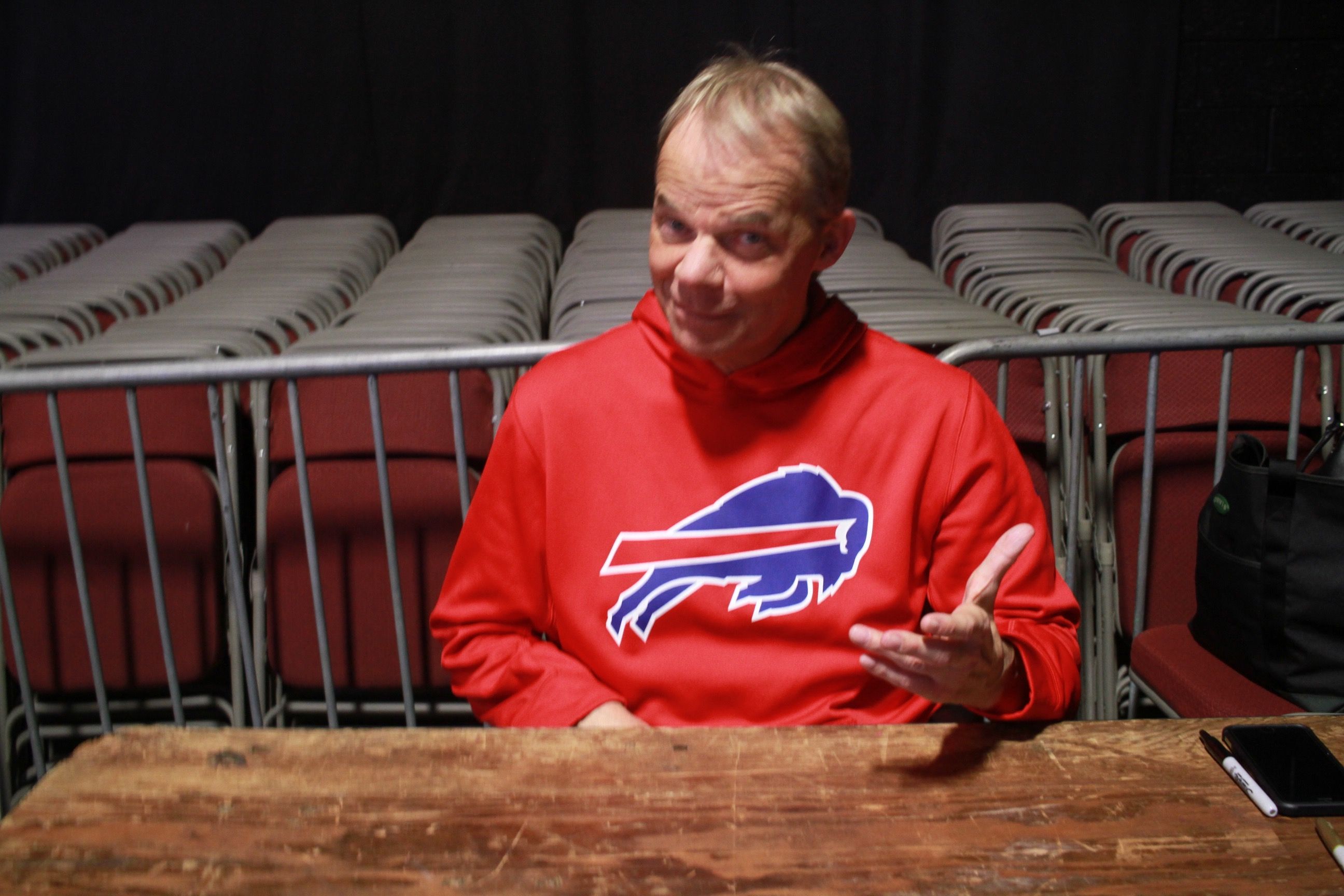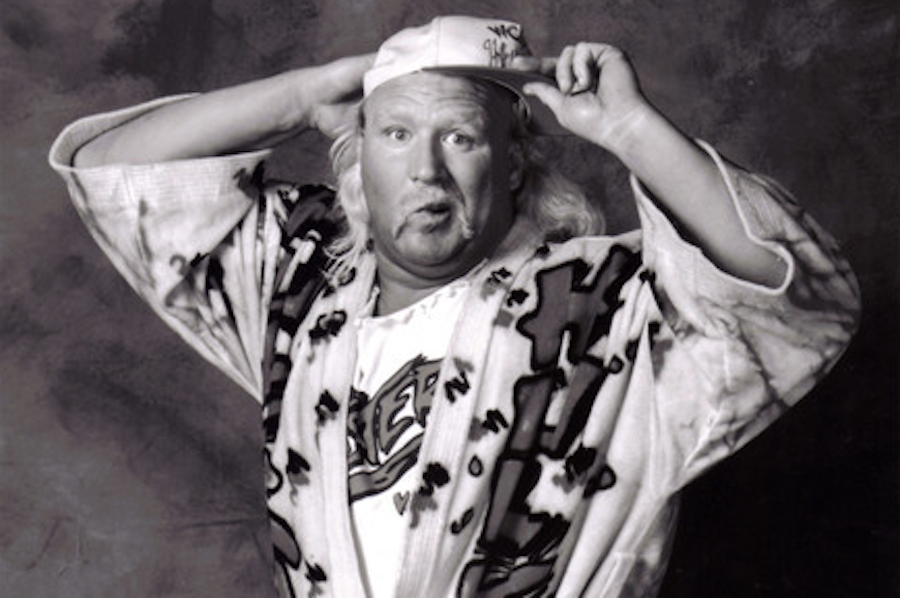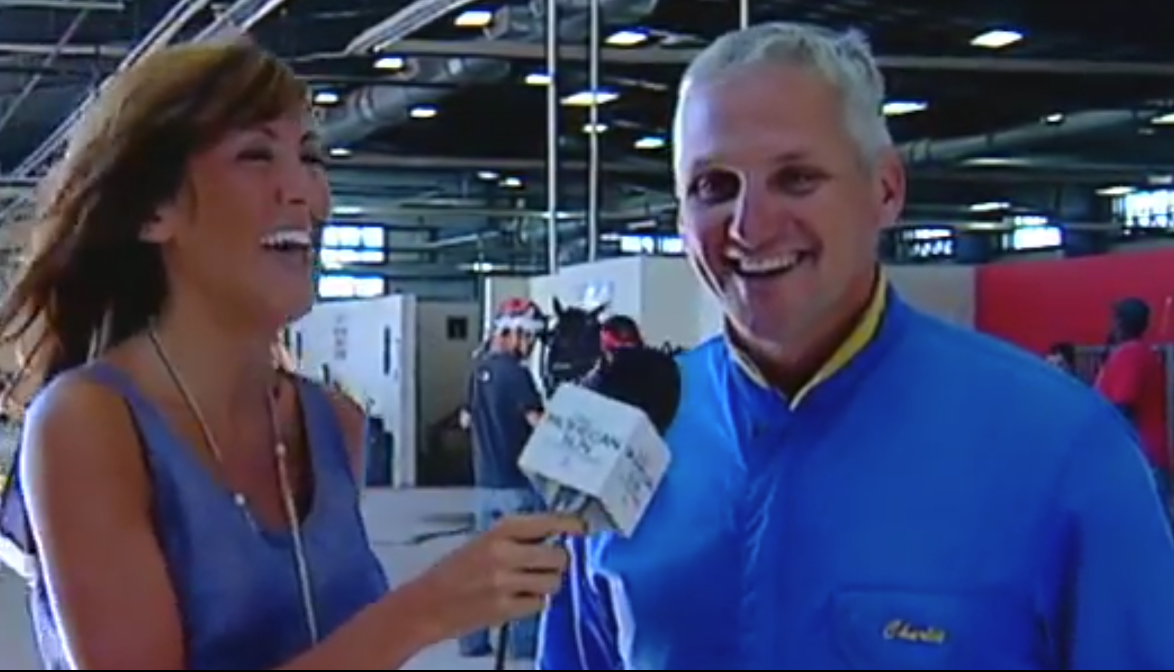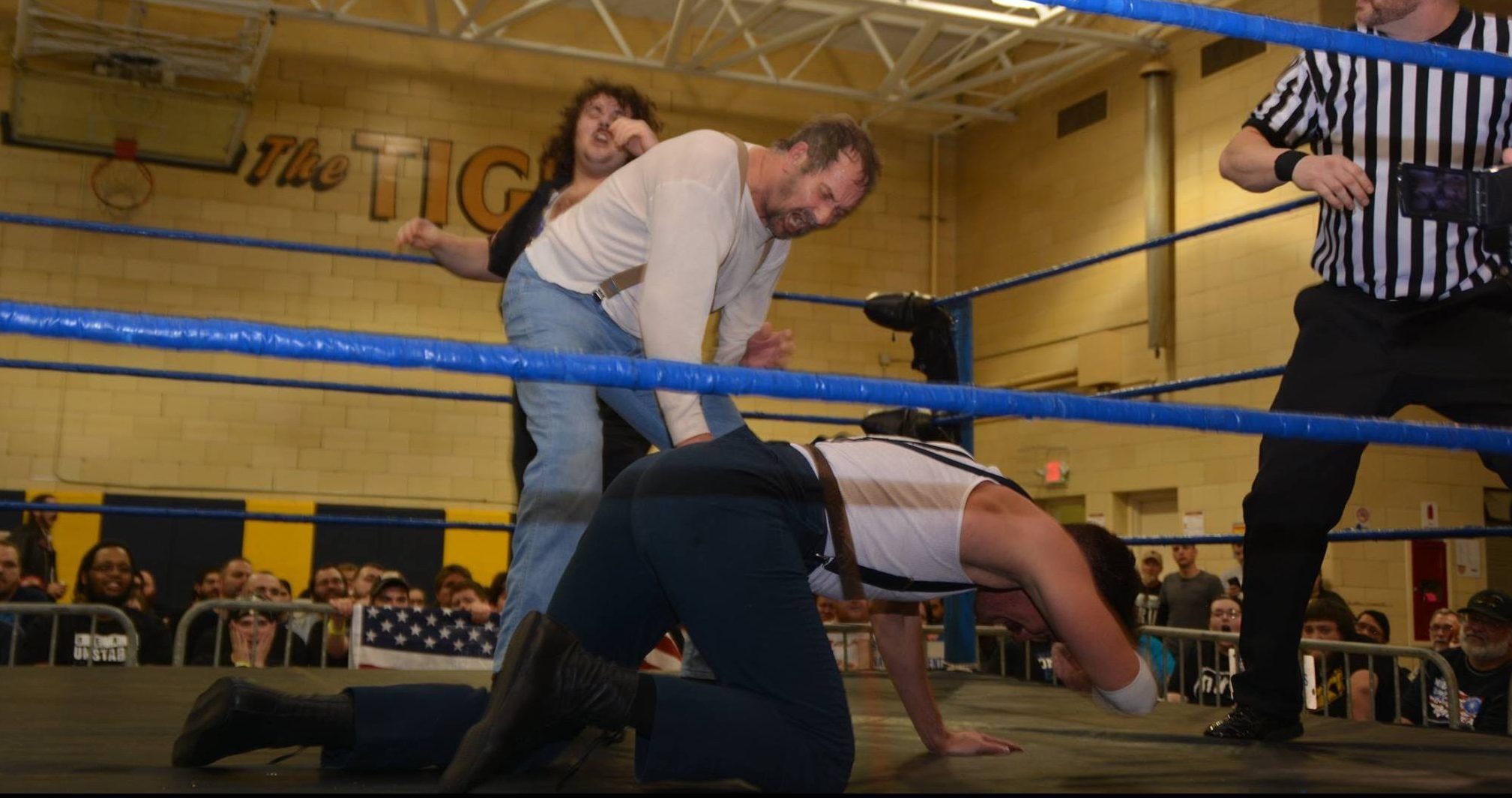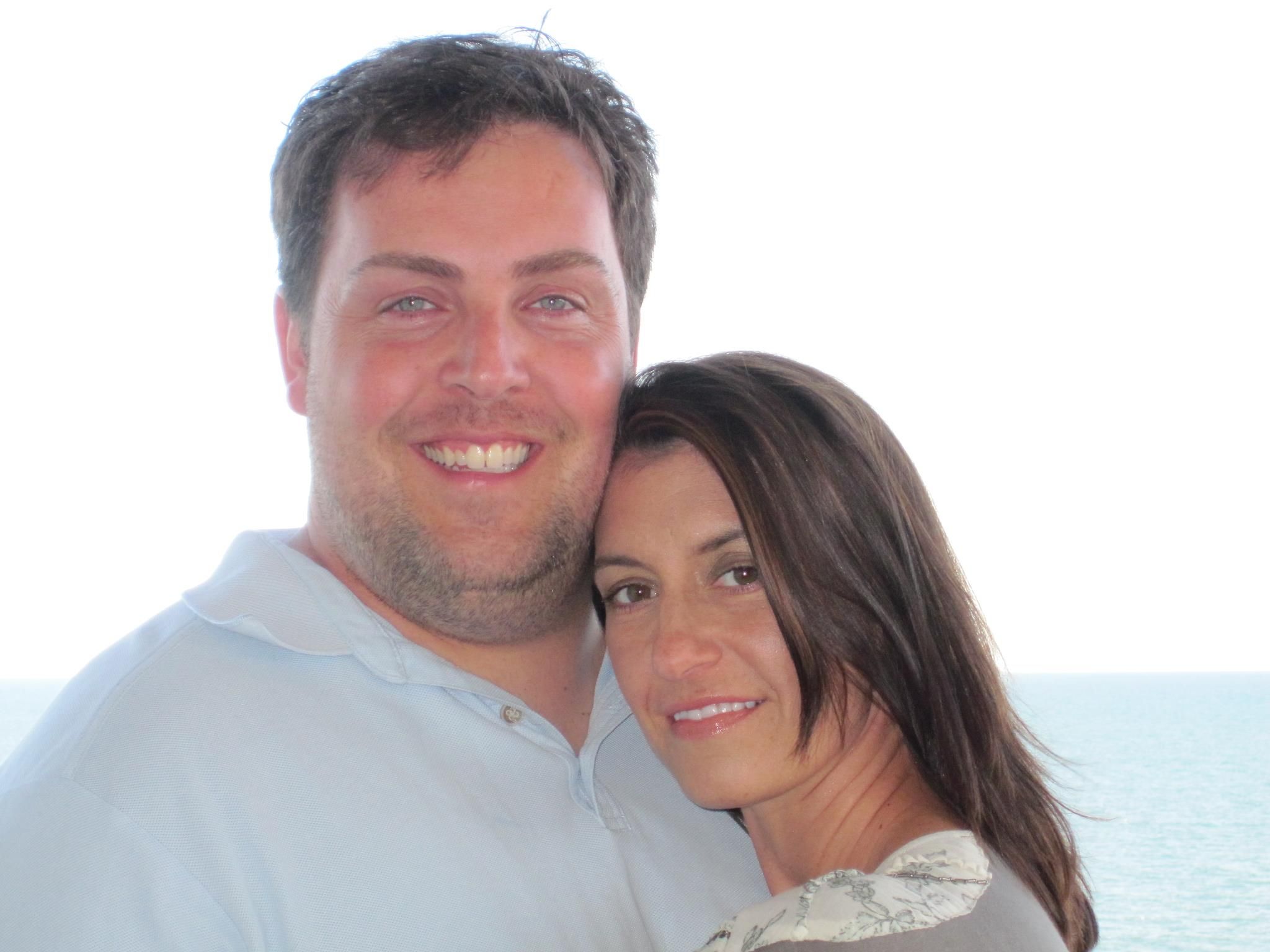The Monday Night War brought about what was quite arguably the single most popular period in professional wrestling. At the peak of the War, Raw and Nitro were each drawing millions of viewers, selling out large arenas on a weekly basis, and had truly crossed over to the mainstream in a way wrestling rarely has before or since.
WCW pushed the War, first raiding old WWE talents, then moving in on WWE’s turf of Monday nights. From there, the innovation of the New World Order really pushed the envelope and ultimately pushed WWE to become more realistic and adult in its programming.
For all of WCW’s successes and innovations, it also had its failures during and in the years leading up to the Monday Night War. For every icon like Sting or Goldberg, and for every talent like Hulk Hogan and Randy Savage who more than earned their keep in the transition from WWE to WCW, there’s at least one dud. Whether it was WCW reinventing a character in a ridiculous gimmick, booking him into oblivion, or the wrestler himself just having limited talent, there are quite a few wrestlers whom even devout WCW fans may not remember. Or, if they do remember them, it might be because of just how awful they were. Some of them were talents with mercifully short runs. Others exposed just how bad they were, in part, because of how long WCW not only kept them around but pushed them into the spotlight.
This article looks back at 15 of WCW’s least impressive acts, and where they all wound up in life after WCW.
15 15. Alex Wright
Alex Wright debuted in the gimmick of “Das Wunderkind.” WCW played up his youth and good looks and he was the beneficiary of a winning streak that carried him all the way to the TV Championship. Along the way he used his signature dance moves on the way to the ring and to celebrate his victories. Unfortunately, neither Wright’s dancing, nor his wrestling were particularly good. The German star nonetheless got time to hone his craft and would develop into a better wrestler, particularly under the more serious heel Berlyn gimmick, before reverting to his silly old ways.
Wright is that rare wrestler who had basically his whole active career encompassed by WCW. He was reportedly ready to step away from wrestling after the company sold out to WWE, and only worked sporadic independent dates before opening The Wright Stuff, his wrestling school in Germany. Wright most recently made headlines in 2009 with the founding of New European Championship Wrestling, which holds monthly shows.
14 14. The Butcher
Best known as Brutus Beefcake, Ed Leslie morphed into a variety of characters—often quite incoherently—during his time with WCW. Over the course of his run, he was exposed as a middling worker who, despite a memorable history with WWE, had trouble really getting over. It was widely rumored that he only had a job on account of his personal friendship with Hulk Hogan. That’s almost certainly why he got his main event opportunity as the heel Butcher, working directly opposite Hogan after he kayfabe turned on him in 1994.
Believe it or not, Beefcake still wrestles, working a variety of indie spots. Though he doesn’t keep up his old schedule and only worked a handful of dates in 2016, he remains a big enough name to attract fans. Unfortunately, the most recent words is that his friendship with Hogan came upon tough times, after Beefcake allegedly sold non-sanctioned Hogan merchandise and fake autographs for his own profit.
13 13. Major Gunns
Major Guns wasn’t exactly a subtle wrestler, named for her ample chest, given a vaguely military gimmick because she was teamed with the Misfits In Action stable. She’s best remembered for being eye candy for MIA, before later defecting to become a part of Team Canada. WCW mostly used her for her sex appeal. That most memorably included booking her into a feud with young Stacy Keibler. Their rivalry, for what it was, culminated in a mud wrestling match on pay per view.
It may not surprise fans to learn that after WCW and some work on the indie circuit, Gunns would wind up making a living in the adult film industry. She’s worked with live cam pornography, as well as with companies specifically geared toward fans of sexualized wrestling.
12 12. Norman Smiley
Norman Smiley is a bit of a strange fit for this list, because he actually wasn’t a bad wrestler. On the contrary, Smiley seems to have had a good mind for the business, was technically proficient, and was able to get over as a very unconventional character. For all of his redeeming qualities, though, Smiley had a largely absurd comedic character, best known his Big Wiggle and Smiley Spank homoerotic movements, and for screaming in terror while he worked in the hardcore division.
Smiley would move on from WCW to the indies and to TNA before actually landing in WWE, not as a wrestler, but as a trainer focused on the developmental system. For as absurd as he was as an on screen talent, it seems that he’s translated his wrestling knowledge well to his job as a coach, as he’s generally well respected and has held his job for nearly a decade.
11 11. Disco Inferno
Of all of WCW’s absurd characters, Disco Inferno was both one of the most cartoonish and one of the ones with the most surprising longevity. A lot of Disco sticking around can probably be attributed to him being not just a goofy character, but a solid wrestling mind who contributed to WCW creative. In that role, he was known for outlandish ideas, often posed as jokes. Some of his weirder thoughts, like an invisible wrestler and aliens invading reportedly leaked and hurt his credibility with some folks in the wrestling business.
Disco nonetheless continued to find work as a wrestler and as a creative contributor long after WCW went out of business, in TNA and on the indies. He’s most recently delved into the podcasting world, including contributing to Keeping it 100 on the Jericho Network.
10 10. Erik Watts
Erik Watts. There are great wrestling families, and great wrestling father-offspring duos. Think Stu Hart and Bret Hart, Ric Flair and Charlotte Flair, or Fritz Von Erich and his boys. But then there are those families for which one generation doesn’t live up to the other. There’s no question Bill Watts was a great wrestler and even greater wrestling mind. While his son, Erik, wasn’t without some talent, he also paled in comparison to his father, and arguably got opportunities he didn’t have any business with on account of who his father was (particularly when Bill was in an executive role with WCW).
After his most famous run in WCW, Watts worked for a spell in WWE as half of the awful Tekno Team 2000, and then returned to WCW briefly. From there, he proceeded to work an assortment of smaller companies and indies, including shots with ECW, TNA, and a spectrum of lesser known promotions. Most recently, he seemed to be winding down his career with independents concentrated in the southeast.
9 9. Maxx Payne
Maxx Payne had the gimmick of a heavy metal rocker in WCW. The gimmick was pretty cartoonish and there’s a fair argument that it took what could have been an imposing big man and made him more of a laughable product of his time. Ironically, besides his size, Payne also had a legitimate amateur pedigree that theoretically could have made him something special. Payne would go from a largely forgettable WCW run to somehow becoming an even sillier character in WWE as Man Mountain Rock.
Allegedly, Payne would end his career in mainstream wrestling because of issues using illicit substances. In the aftermath, he has worked as a musician and in movies. Payne’s most noteworthy move since leaving WCW and WWE, however, may be a lawsuit involving the Maxx Payne name, when he sued the makers of the game Max Payne, in a case that was settled out of court.
8 8. Buff Bagwell
After starting out as clean cut face who specialized in tag team wrestling, Marcus Alexander Bagwell morphed into Buff Bagwell during the Monday Night War era. While he had a good luck, and good charisma, the guy never became a polished in ring performer and fans widely looked at him as a bit of a smug jerk.
When WWE bought out WCW, Bagwell got a unique opportunity. He worked with Booker T in the first ever WCW branded match aired on WWE TV. The match was a disaster. While Booker T would recover and go on to a successful career with WWE, Bagwell was done after that first outing.
He’d continue on working with smaller wrestling promotions and, infamously, as a gigolo. Most recently, Bagwell made headlines with an appearance at a Memphis Grizzlies NBA game, working a mini-program with Jerry Lawler during the game. He’s also currently involved in a lawsuit against WWE, seeking royalties for his work that appears on the WWE Network.
7 7. Van Hammer
Van Hammer got his start with WCW in a rock ‘n’ roll gimmick. Though he was still pretty green, he got a big push with an undefeated streak in the early 1990s, though it never amounted to much of note. After some time away, he’d return, wandering the mid-card before he became a member of Raven’s Flock. From there, he had an up and down ride, reaching as high as a contender for Sid Vicious’s United States Championship, and often as not being treated as a lower card guy.
Van Hammer appeared on the indies throughout the 2000s. In an interview with Palm Beach Post in 2013 he discussed descending into a downward spiral of drug use before finding peace away from the wrestling business. He got married, cleaned up his act and seems happy way from the limelight now.
6 6. Paul Roma
Though Paul Roma rose to national fame as part of WWE, his single biggest career milestone may well have come in WCW when he was named a member of The Four Horsemen. No one liked that call. Roma came across as an insult to the Horsemen legacy. It’s not that he was an outright bad worker, but he also wasn’t an elite one like Horsemen tended to focus on. Moreover, he didn’t have any meaningful kayfabe accomplishments to justify a spot in the group from that perspective. In looking back, Flair and Roma have each taken shots at each other and each other’s egos to explain why it didn’t work. Roma would carry on with WCW for a time, leading up to a controversial match in which Roma may have been given conflicting instructions, may have been set up for a fall, or may have straight up gone into business for himself. Regardless, he had his way with rookie Alex Wright for most of their encounter, and was purportedly released for not putting over the youngster in strong fashion.
After working the indies off and on, Roma discussed the new life he’s settled into in a podcast interview with Steve Austin. Roma now focuses full time on training young wrestling hopefuls at a school in Connecticut.
5 5. Lex Luger
It’s rare for someone to be a long-term, inter-promotional main eventer for major wrestling companies, and be so widely disrespected as Lex Luger. Before and after his main event run with WWE, he was a top guy and world champion with WCW. Luger got by largely based on his incredible physique, but was never a great in ring talent. Ric Flair reportedly refused to drop his world title to Luger in the early 1990s before heading to WWE himself. As an up and comer, Chris Masters cited comparisons between himself and Luger in interviews, and almost sounded embarrassed to be associated with someone he didn’t care for as a worker.
There was a time, toward the end and in the aftermath of WCW, when Luger looked to be on a tragic downward spiral. He was present when his real life girlfriend Miss Elizabeth ODed and purportedly had substance abuse issues of his own. A spinal infection left him largely paralyzed for a time. Fortunately, Luger has made a positive turn in the last decade, now a born again Christian who has regained some use of his body and started working with WWE to counsel current wrestlers around the Wellness Policy. He published a memoir in 2013 and most recently fans have seen him in a speaking role in multiple WWE Network documentaries.
4 4. Evad Sullivan
After working as a relatively generic bruising heel called The Equalizer, Evad Sullivan found a meaningful storyline when he called in his “big brother” to help him fight The Nasty Boys. His kayfabe brother turned out to be Kevin Sullivan, which launched an odd couple tag team and then rivalry between the two. While Kevin played violent heel mastermind, Evad played increasingly childish and, in questionable taste dyslexic. Things came to a head upon the arrival of Hulk Hogan. Kevin played sort of a poor man’s Bobby Heenan, plotting against The Hulkster and accumulating a heel stable to go after him, while Evad played Hogan’s biggest fan. None of this amounted to much for Evad, and he wound up finishing his WCW run, and wrestling career on the whole, as a lower card face.
Since leaving wrestling, Evad worked as a fitness trainer, and then transitioned to coaching football. He wound up working with the football program at Dana College and served as their athletics director until the school closed in 2010.
3 3. Charlie Norris
When folks think of Native American professional wrestling stars of the early 1990s, Tatanka is typically the name that comes to mind. WCW had its own answer, however, in the form of Charlie Norris who worked the mid-card for most of 1993. Unfortunately, Norris had little discernible talent or charisma, nor the impressive physique of a guy like Tatanka to help him get over.
Norris purportedly felt WCW discriminated against him. He left the company and filed a lawsuit against them before continuing his career on the independent circuit for a few years. Norris reportedly retired less than a decade into his wrestling career, just as wrestling was broaching a new peak in popularity in the late 1990s. According to various reports he now lives out of the spotlight, working as a personal trainer in Minnesota.
2 2. Bunkhouse Buck
WCW fans of the 1990s may remember Bunkhouse Buck as a redneck heel who wrestled under the tutelage of manager Col. Rob Parker. Buck was brought in to feud with Dustin Rhodes, and after that relatively prominent mid-card feud, settled into the tag team scene and lower mid-card. Buck was a perfectly respectable in ring wrestler and character in his own right. Just the same, his character and look were so cartoonish and silly that they stand out in contrast to the era of realism that directly followed his peak years.
While younger fans may not have recognized him, Buck actually found work with WWE just a few years ago, twice appearing to play Jack Swagger’s kayfabe father. In both instances, Buck came up short, enduring beatings from Swagger’s rivals Kane, and then MVP. Buck still wrestles sporadically on the indies.
1 1. David Flair
You have to have a degree of sympathy for David Flair. Yes, he got huge opportunities in wrestling gifted to him because of his father, Ric Flair. Just the same, David never seemed to ask for special treatment or fame—WCW was invested in the role and Flair just said yes to becoming a prominent part of their programming for a couple years. While you can argue David should have done more to accelerate his own in ring progress, he nonetheless can’t be blamed for being thrust into the spotlight before he was properly trained to wrestle at all.
After his time with WCW, David carried on in wrestling working in WWE’s developmental system for a time and as an occasional on air character for his father’s storylines. He hung around wrestling’s indies for years afterward but has now settled down and co-runs Seal Wire Company, his wife Robin’s family business.

